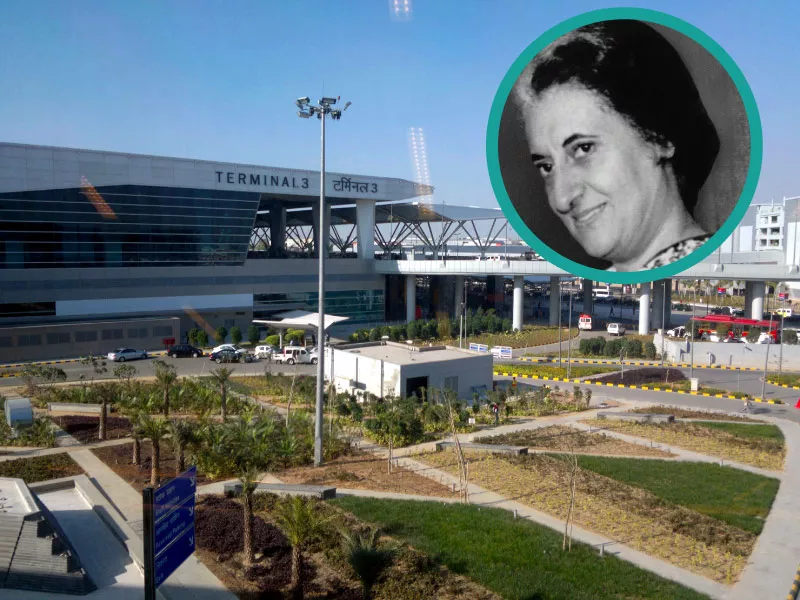
Indian Prime Minister Indira Gandhi, Monday, Oct. 11, 1971, New Delhi, India. AP Photo / Wikipedia
Often called the “Iron Woman of India,” Indira Gandhi was the country’s first (and only) female Prime Minister. (Contrary to some beliefs, she was not the wife of Mahatma; in fact, they weren’t even related. Her name came from her husband, Feroze Gandhi.)
Indira was the daughter of Jawaharlal Nehru, India’s first prime minister, and ascended to the role after his death in the 1960s. Resilient, strong and opinionated, she defied even her own party to nationalize the country’s banks. She also peacefully resolved territorial disputes with Pakistan, leading to the creation of Bangladesh, ushered India into the nuclear age, and introduced new farming methods, which created a surplus of grains and helped with India’s chronic food shortage.
Gandhi’s controversial leadership was put to the ultimate test in 1975 when an Indian court convicted her of election malpractice and banned her from politics for six years. In return, Gandhi declared a state of emergency and imprisoned thousands of people who’d accused her of wrongdoings. She was eventually ousted from power in 1978, but ever the fighter, she returned to her reign a short two years later.
Gandhi’s true downfall came in 1984, amidst tensions with Sikh separatists. After ordering the Indian army to confront a group of Sikhs at a temple, which resulted in several hundred casualties, Gandhi was shot and killed by her own bodyguards, who were both Sikhs.